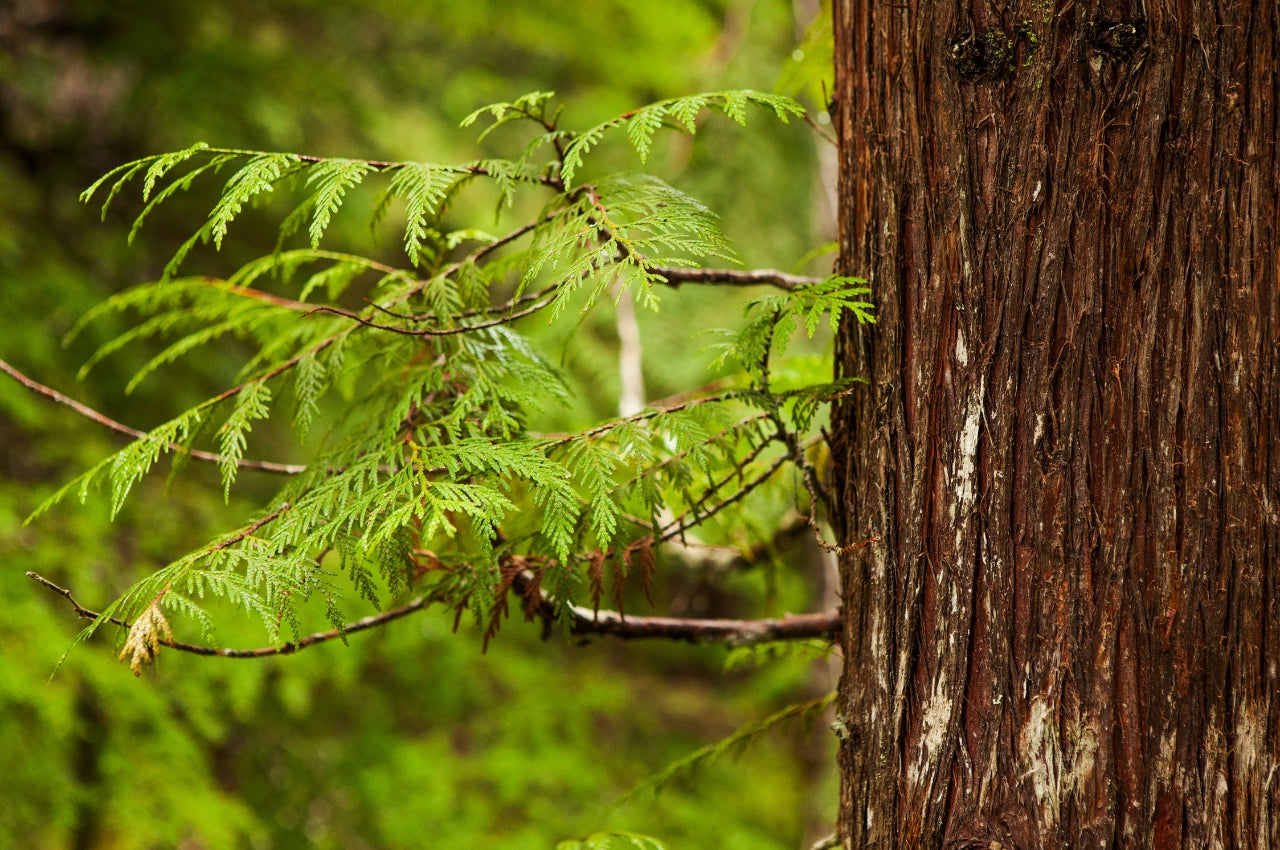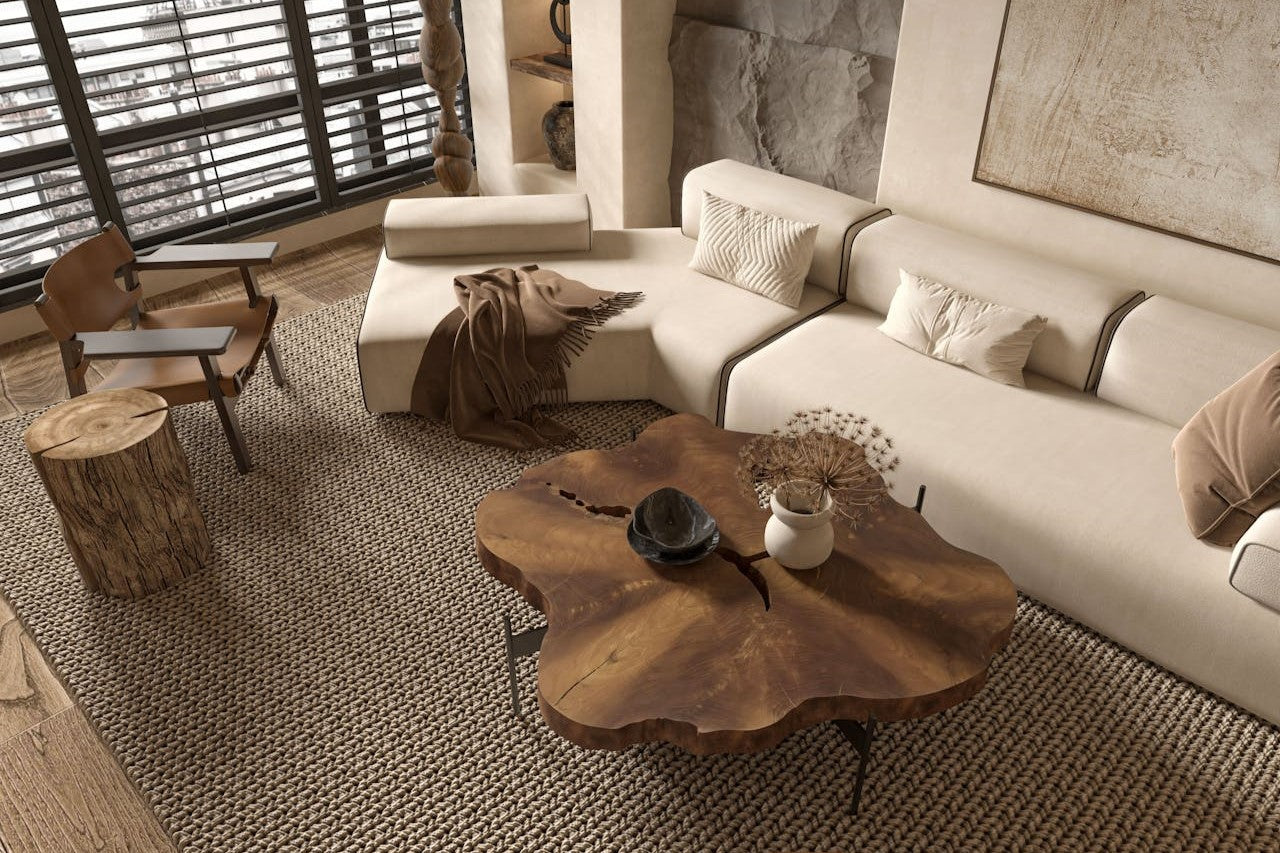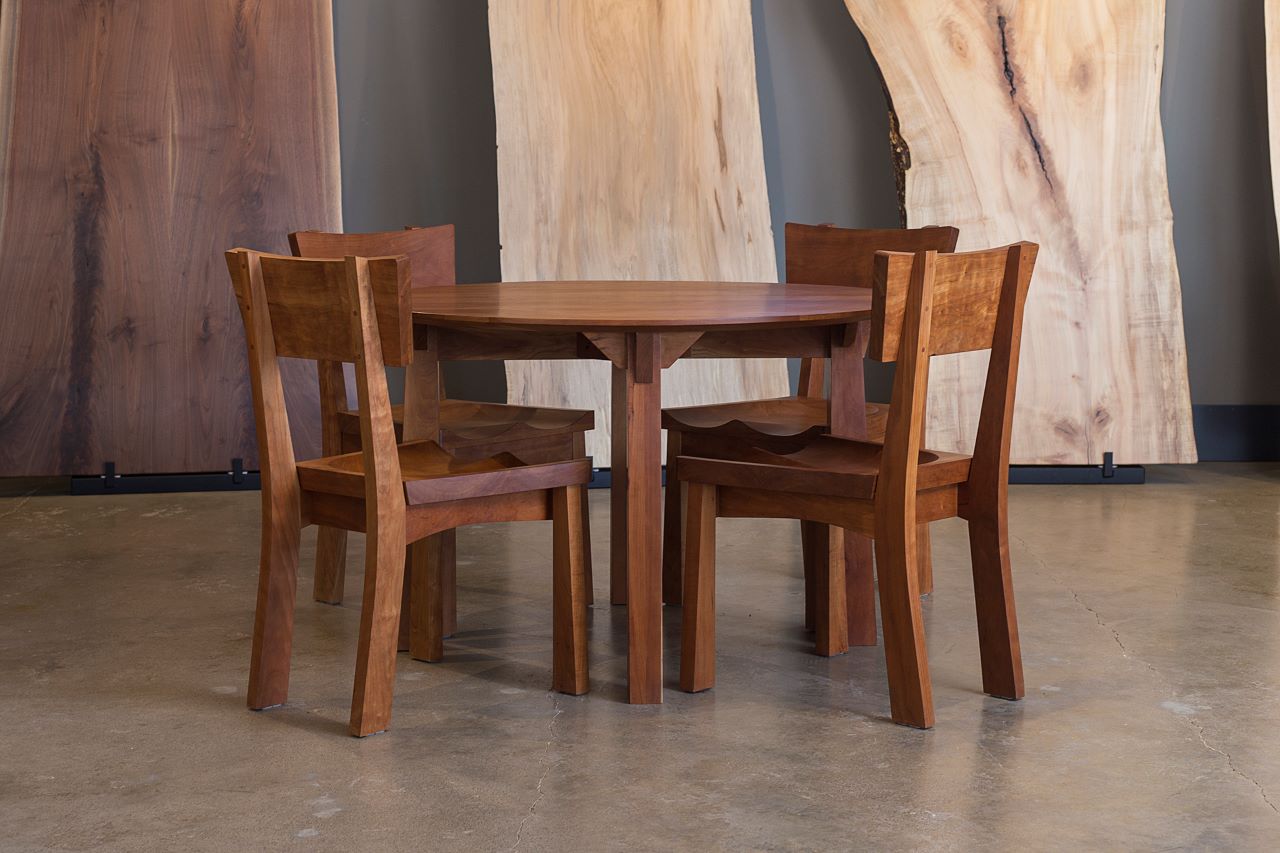If you’ve been looking for wood that has incredible rot resistance, chances are you’ve come across cedar. But which one?
The word "cedar" has been loosely used to refer to several species of coniferous trees. To be fair, as they likely belong to the same genus, they do share many traits. To name one, they have a distinct scent not quite unlike their conifer sisters, pine and fir.
Two species of cedar trees stand out when it comes to qualities that one might need for wood furniture. These are the Western Red Cedar and the Eastern Red Cedar. As mentioned, they are similar to conifers and, well, most cedars, but they also have unique features that make each one perfect for specific uses. Now the question is, which cedar is better for wood furniture?
Western vs. Eastern Red Cedar Traits
In the United States, the two main species of cedar commonly used for lumber are the Western Red Cedar (Thuja plicata) and the Eastern Red Cedar (Juniperus virginiana). Now, here's the thing. The western one, which is native to the Pacific Northwest, is a true cedar, while the eastern cedar is actually part of the juniper family, not cedar. It's also denser and more aromatic than its cousin.
As conifers, they are both classified as softwoods and share quintessential traits, such as needles and cones. The western cedar is generally considered fast-growing, like other softwoods, while the eastern one is slow, even slower than other types of hardwoods.
Bark
Both species share similar features on their bark, which is reddish-brown and sheds in strips. This fibrous, sometimes stringy texture is a shared characteristic. However, the bark of the western one is relatively thin, fissured, and scaly, shedding in irregular flakes that can appear cinnamon red or brownish. In contrast, the eastern cedar is more fibrous, arranged in flat interlacing ridges, and turns thicker and grayer with age.
Leaves
Both species have aromatic evergreen leaves. At a distance, the Western Red Cedar's foliage appears softer and more delicate with a fan-like shape, while Eastern Red Cedar's looks denser and more bristly, often giving the tree a bushier, more rugged look.
Western: The flattened, scale-like leaves form a soft, fan-shaped spray, giving the tree a feathery look.
Eastern: While young, it has needle-like leaves. Its leaves turn scale-like, tighter, and more prickly as it matures.
Fruit
As they are conifers, both trees produce small, woody cones. The Western Red's cones are small and oblong, while the Eastern Red bears small, berry-like cones that often appear bluish and fleshy.
Features of Natural Cedar Wood

Cedarwood board grain and texture. Image by simonmayer from Getty Images via Canva.
Cedar lumber is a popular choice for outdoor furniture due to its natural oils that protect it from rot and insects, even without harsh chemicals. Aside from their natural resistance, cedars are lightweight and easy to work with. Now, going back to Western Red Cedars and Eastern Red Cedars—what qualities do they share as lumber? How are they different? Let's explore further.
Color
Freshly cut, Western Red Cedar features a range of beautiful colors, ranging from light, reddish-brown to a deeper, darker brown, sometimes with streaks of pink. Meanwhile, Eastern Red Cedar tends to have a lighter, creamy sapwood with striking purplish-red heartwood. Over time and when left untreated, both species develop a silvery-gray patina.
Grain and Workability
Western Red typically has a straight and uniform grain, making it quite workable. It's easy to cut, saw, and fasten without splitting. In contrast, Eastern Red often features a knotty and irregular grain. While it is still lightweight and relatively easy to work with, its high silica content can dull cutting tools faster.
Scent
The Eastern Red, also known as Aromatic Red Cedar, has a distinctive scent that's strong and sweet, while the Western Red's scent is milder and pleasantly woodsy. Their scent comes from the natural oils that also make them naturally resistant to rot and insects.
Cost
Both types of cedar wood are moderately priced, although the Eastern Red may be pricier in some regions. They are more expensive than pressure-treated pine. While cedar is typically more expensive than pressure-treated pine, it can be a more cost-effective option in the long run due to its natural resistance to rot and insects. Yes, it may be pricier, but friendlier on the wallet than exotic hardwood like teak.
Does Cedar Make Good Furniture?
The verdict: Yes, cedar wood is generally an incredible material for wood furniture, particularly for outdoor pieces. It's naturally resistant to rot and insects, which means cedar is equipped to withstand the elements. Moreover, it’s lightweight and can be easily moved whenever needed. Some highly dense and resistant tropical hardwoods (like teak) might technically outlast it, but they often come with a steeper price tag, including environmental baggage.
Both Western Red and Eastern Red are fantastic options for outdoor furniture. However, some might favor Western Red Cedar for such a project, including decking. On the other hand, Eastern Red Cedar, with its higher natural oil content, is often preferred for indoor use, especially as closet and chest linings, to repel moths and insects.
How Does Cedar Wood Compare to Popular Hardwoods?
Before you stack up popular hardwoods like maple, white oak, cherry, and walnut against cedar, answer this question first: What are you using it for?
Cedar's true advantage lies in its remarkable resistance to rot and insects. Again, this is the quality that makes it a great material for outdoor furniture, even specific indoor applications like closet and chest linings. However, as a softwood, cedar may not be the ideal choice for indoor furniture, especially a piece that sees heavy traffic every day. For example, a sturdy walnut dining table will likely serve you better than one crafted from cedar, which is softer and more prone to dents.
The "better" choice entirely depends on where and how the piece will be used. For the patio, cedar wood furniture is the safest bet, as it can withstand the elements. For a bed frame that needs to last for decades, a hardwood like white oak would be a wise choice.



Leave a comment
This site is protected by hCaptcha and the hCaptcha Privacy Policy and Terms of Service apply.